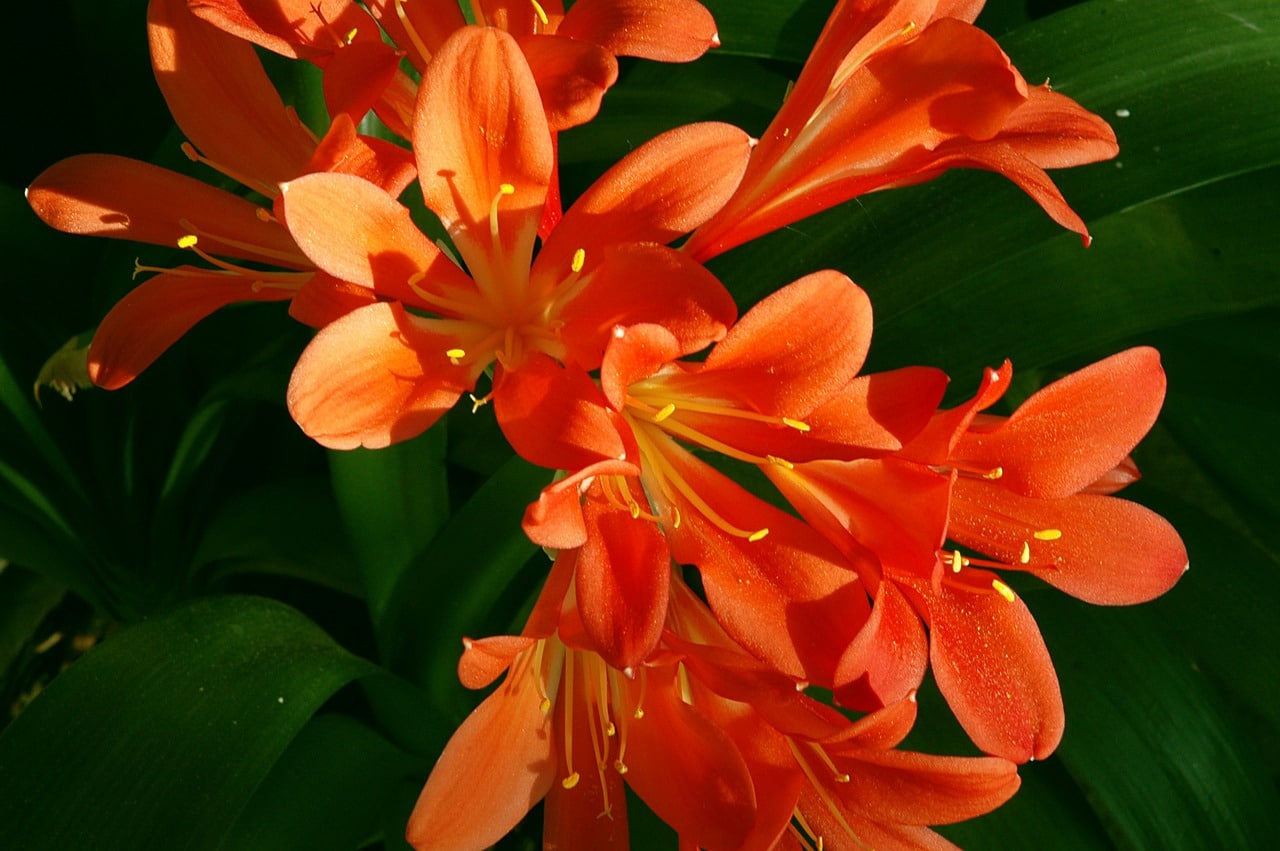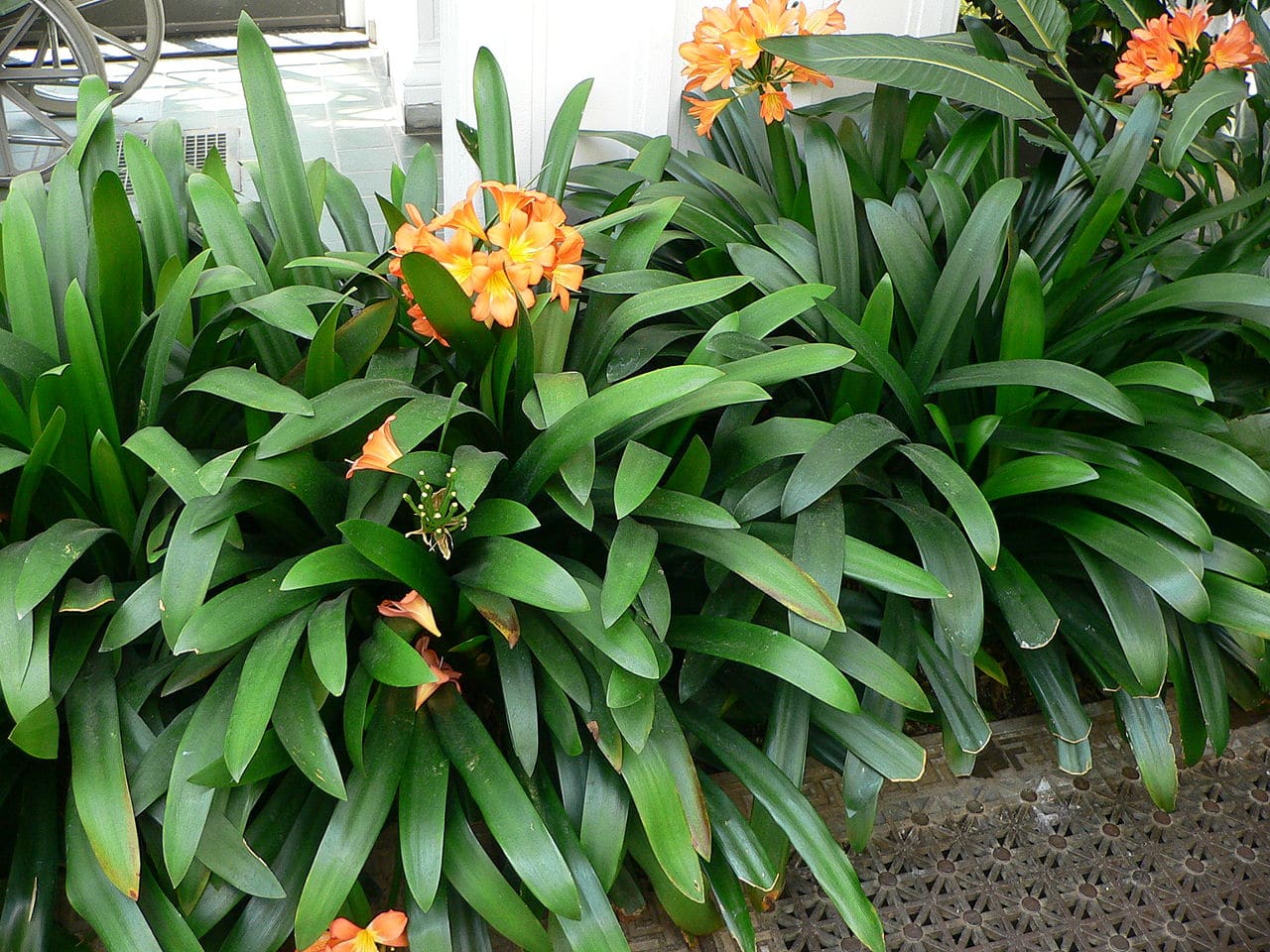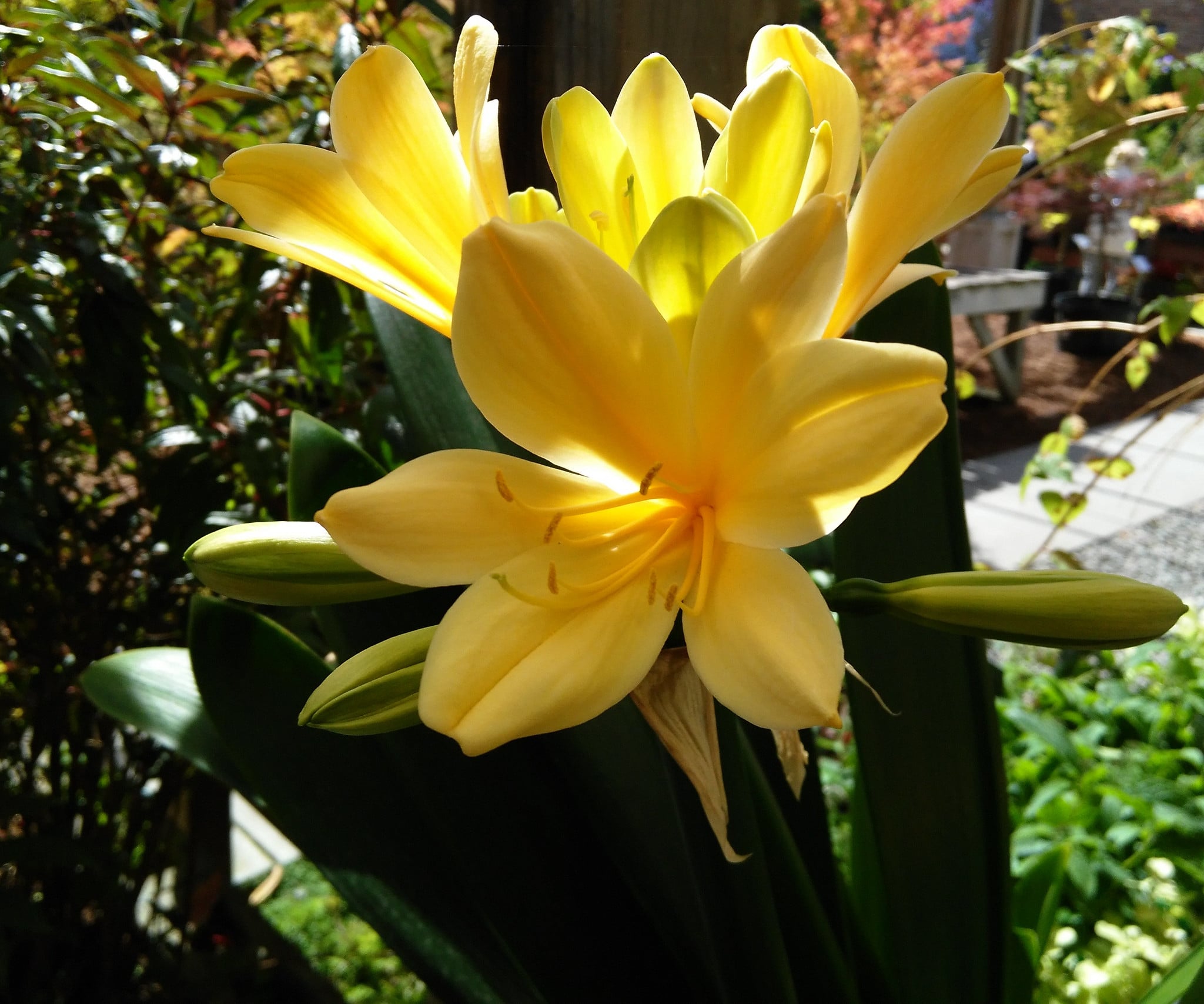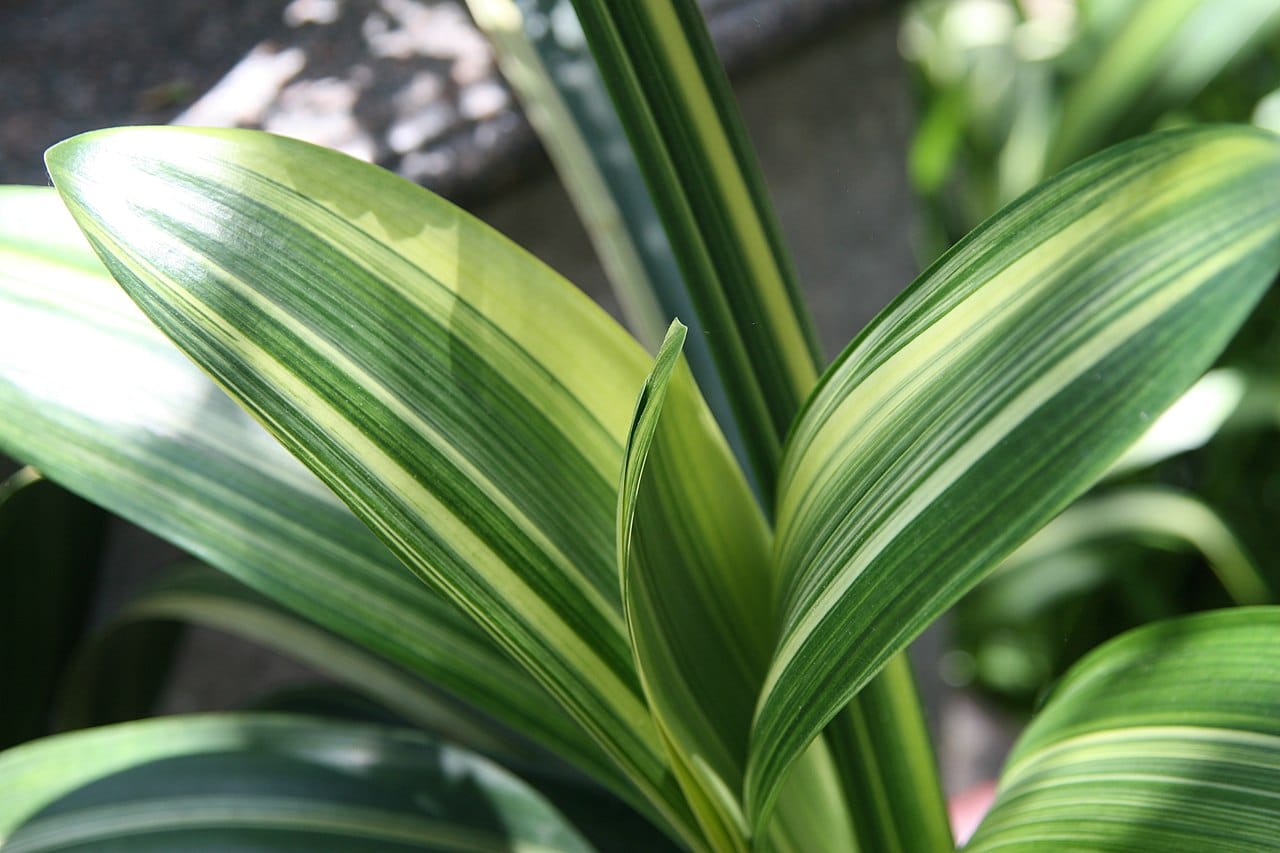
La Clivia, whose scientific name is clivia miniata, it is a lovely herbaceous plant. Its characteristic inflorescence composed of more than a dozen flowers is so beautiful that as it only blooms once a year, during those few days that they remain open they are very much enjoyed.
It is a plant that gives a lot of life wherever it is. Planted in the ground or in a pot, it is a true wonder to have it, and it will be even more so when you know the main care of the clivia .
Origin and characteristics of clivia

Image - Wikimedia / Raul654
Our protagonist is a herbaceous and rhizomatous plant native to South Africa whose scientific name is clivia miniata. It grows under the shade of trees and large shrubs, reaching a maximum height of 50 centimeters. The leaves are tapered, somewhat fleshy and dark green in color.
In spring it produces reddish, orange, whitish or yellowish, fragrant flowers grouped in terminal inflorescences. Once they are pollinated, the fruit ripens, which are green berries which form an infrutescence (group of fruits) where the flowers used to be.
It is a toxic plantas it contains small amounts of liquorine. Liquorine is an alkaloid that can even be fatal if consumed in certain amounts. The symptoms of poisoning are vomiting, diarrhea and seizures, so if you live with pets or small children it is advisable to keep clivia away from them.
What is the care of the clivia?
Clivia is one of the easiest plants to grow. But to make it even more so, we recommend that you provide the following care:
Location
It depends on where you are going to have it:
- Interior: it must be in a bright room, with high humidity and away from both hot and cold air currents. For example, it can be had at the entrance of the house, or even in the bedroom if it has windows through which light comes in from outside.
- Body exterior:: put in semi-shade, in an area protected from direct sun, otherwise its leaves would burn.
Earth
Again, it depends on where you are going to be:
- Flower pot: as a substrate we can use the universal for plants, which is already prepared so that the roots find the essential nutrients with which they can have good growth.
- Garden: not very demanding. It grows well in fertile, well-drained soils.
Irrigation

Image - Flickr / John Rusk
To avoid root rot, it is important to avoid overwatering. It is best to water no more than three times a week, and a little less if we see that the soil is still wet. In the event that we have a plate underneath, we will remove the excess water ten minutes after watering, since otherwise the roots could suffocate.
Subscriber
From the beginning of spring to the end of summer, it is highly advisable to fertilize it with a fertilizer for bulbous plants., following the indications specified on the product packaging to avoid the risk of overdose. In this way, it will bloom year after year that it will be a pleasure to see it.
Planting time
The rhizome is planted in the fall so that it can flower in the spring, in a pot that has to be at least 20 centimeters in diameter so that it can develop in the best possible way, or in the garden by making a hole about 10-15cm wide x 10-15cm deep.
Pot change
If you are going to have it in a pot, you should change the container every two or three years, as it has a great tendency to take out suckers. These can be separated from the mother plant in spring, and planted in individual pots or in the garden.
Pruning the clivia plant
You don't have to prune it, but it does you can remove the withered leaves and flowers in order to keep it looking pretty and healthy.
Multiplication
Clivia can be multiplied by seeds or by separating the suckers in spring.
Seeds
The seeds are to be sown in pots or seedbeds with holes filled with universal substrate. You have to try not to bury them too much, just enough so that they cannot be blown away by the wind or exposed to the sun.
Place them in a semi-shaded corner, and keep the substrate moist. This will germinate throughout the spring, usually in about 15-20 days.
Suckers
The suckers can be separated from the mother plant when they are of a size that is easy to handle, with the help of a hand hoe. You have to take them out with roots, and once they are separated, plant them in individual pots with universal substrate.
To help them take root, it is advisable to put above the ground rooting hormones o homemade rooting agents.
Rusticity
Resists up to -7ºC, but at those temperatures it loses the leaves. In order for it to remain green all year round, it should not drop below -2ºC.

Image - Wikimedia / David J. Stang // Clivia miniata 'Variegata'
Thus, your clivia plant will look beautiful 🙂.
hello:
I have a potted clivia. It is so full of bulbs that you cannot see the ground directly. Do I have to transplant it or can I remove some bulbs and put them in another pot? Greetings!!!
Hello Laura.
I recommend more to pass it a larger pot or to the ground. Although when you take it out of the container it is in now you can take advantage of and separate the bulbs 🙂
A greeting.
Hello
When the flowers have fallen, can I cut that stick that remains?
Thank you
Hi carmen.
Yes, no problems.
Greetings.
It can be in full sun semi shade or shade
Hi Gumer.
It must be in semi-shade (without direct light).
A greeting.
In winter do you stop watering?
Hello Valentina.
It depends on whether it rains or not 🙂 If the winter is dry, it is advisable to water once a week or every ten days; but if it rains regularly, the waterings can be suspended until spring.
Greetings.
Thanks for the advice, I have made the mistake of watering in winter and there is a part of the base of the leaves that is rotten, now it is summer and I hardly water it to see if I can recover it, it never gave me a flower is very large size even though I bought it with a flower and that it is in a very bright place but without direct sun it never bloomed, what can I do? I've had it for three years.
Hi Norma.
I recommend treating it with an antifungal product (fungicide), following the directions for use.
You do well to water it little, but if it is summer you should water it about twice a week at least so that it does not dry out.
When you see that it takes out new leaves, it is advisable to start fertilizing it with a fertilizer for flowering plants, also following the instructions that you will find on the package.
Greetings.
Once the flower passes, you have to cut the trunk ..?
Hello Montserrat.
You can cut the stem of the flower cluster, yes, no problem.
Greetings.